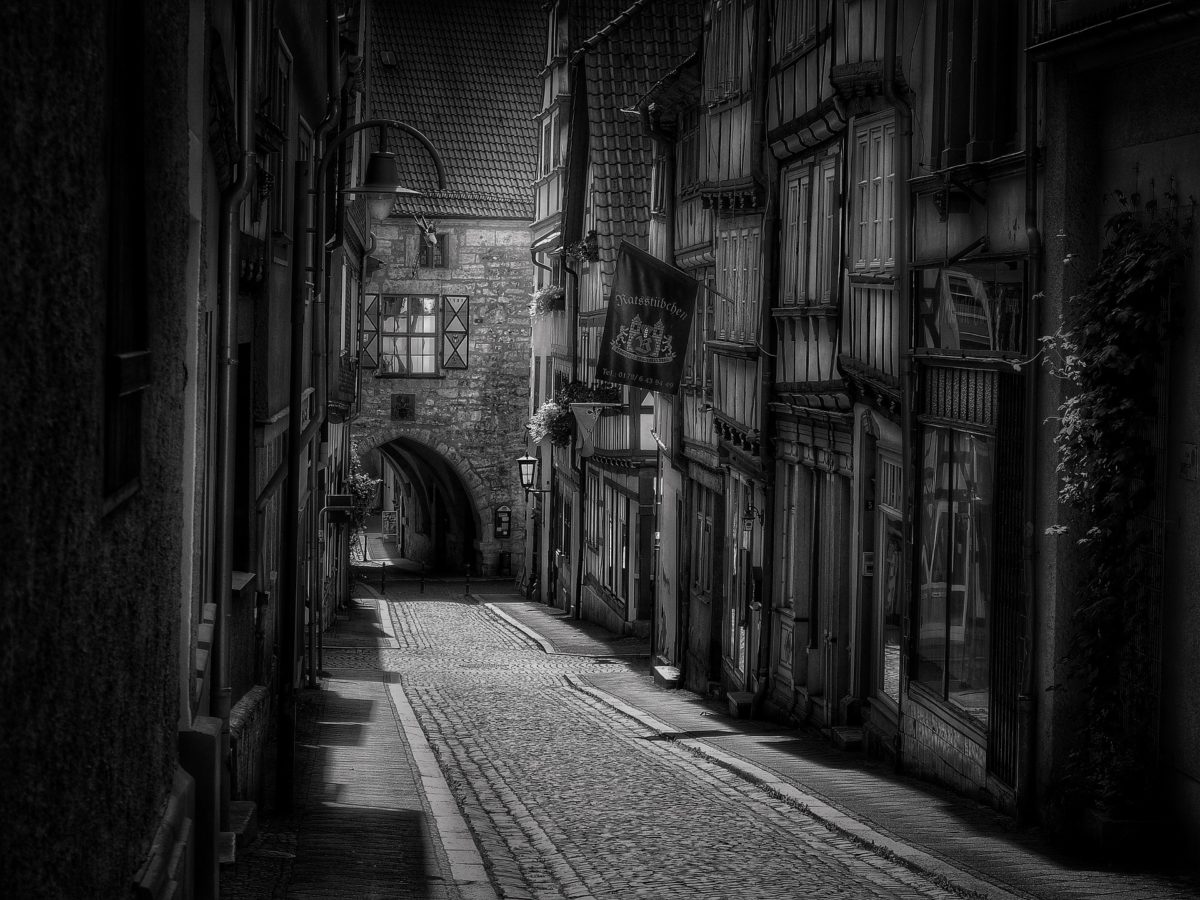Chapter 1: The Legend Awakens
In the ancient town of Avalon, nestled in the heart of a mystical forest, a renowned historian named Professor Jonathan Harrison dedicated his life to unraveling the secrets of the past. He had spent decades studying the elusive Holy Grail, the legendary cup believed to hold divine power and grant eternal life.
Jonathan’s research led him to an old manuscript hidden deep within the Vatican archives. It spoke of a hidden map that held the key to finding the Holy Grail. Filled with excitement and determination, he embarked on a quest that would test his limits and challenge his beliefs.
Chapter 2: The Cryptic Clues
Armed with the ancient manuscript, Professor Harrison traced the origins of the map to an enigmatic monastery in the remote mountains of Tibet. He traveled to the monastery and was greeted by a wise and aged monk named Master Chen. Master Chen had dedicated his life to the pursuit of spiritual enlightenment and possessed profound knowledge about the Holy Grail.
Under Master Chen’s guidance, Jonathan deciphered the cryptic clues hidden within the map. It pointed to a labyrinthine cave system deep beneath the Egyptian desert. Filled with trepidation and anticipation, the professor embarked on the perilous journey to Egypt.
Chapter 3: The Trials of Egypt
As Jonathan delved into the labyrinthine caves beneath the Egyptian desert, he encountered a series of intricate puzzles and deadly traps designed to protect the sacred artifact. Determined to overcome these obstacles, he used his intellect and knowledge of ancient history to solve each challenge.
The deeper he ventured, the more he felt the presence of an ancient power guiding him towards the Grail. His unwavering faith in his quest fueled him, as he navigated through dark passages and treacherous pitfalls. Finally, after days of perseverance, he reached the heart of the cave system.
Chapter 4: The Guardian of the Grail
In the heart of the cave, Jonathan stood before a magnificent chamber bathed in an ethereal glow. At its center, an ornate pedestal held the Holy Grail. But protecting the sacred artifact was a formidable guardian, an otherworldly creature known as the Guardian of the Grail.
The Guardian, a colossal being with radiant wings and piercing eyes, challenged Jonathan’s worthiness. It demanded he prove his intentions and the purity of his heart. Undeterred, the professor spoke of his lifelong pursuit of knowledge, his unwavering faith, and his desire to share the wisdom of the Grail with the world.
Impressed by Jonathan’s sincerity and determination, the Guardian relented, allowing him to approach the pedestal. With trembling hands, the professor reached out and grasped the Holy Grail, feeling a surge of divine energy flow through his veins.
Chapter 5: The Quest’s Consequences
As Jonathan emerged from the cave, clutching the Holy Grail, he felt a profound sense of awe and responsibility. He understood that the Grail was not merely a physical artifact but a symbol of spiritual enlightenment and the quest for eternal life. He knew he had to protect its power from falling into the wrong hands.
Word of his discovery spread rapidly, attracting attention from all corners of the globe. Secret societies, treasure hunters, and power-hungry individuals sought to possess the Grail, believing it would grant them immortality and unparalleled power.
Jonathan realized that he had inadvertently unleashed a storm of chaos and greed. He resolved to keep the Grail hidden, choosing to embark on a new mission: to spread the message of the Grail’s true essence and guide humanity towards spiritual enlightenment.
Last Supper Wall Decor

Chapter 6: Legacy of the Grail
In the years that followed, Professor Jonathan Harrison dedicated himself to sharing the wisdom he had gained from the Holy Grail. He established a foundation called the Grail Seekers, a global organization committed to promoting spiritual enlightenment and the quest for inner transformation. Through lectures, workshops, and research grants, the foundation aimed to inspire individuals to embark on their own personal journeys of self-discovery.
Jonathan’s efforts gained worldwide recognition, attracting a community of like-minded seekers who were drawn to the profound teachings of the Grail. The foundation became a beacon of hope and enlightenment in a world often overshadowed by materialism and disillusionment.
However, the allure of the Holy Grail continued to attract those with darker intentions. Secret societies and individuals of nefarious intent relentlessly pursued Jonathan and the Grail, determined to seize its power for themselves.
Aware of the looming threats, Jonathan assembled a team of trusted allies to safeguard the Grail and protect its teachings. Among his allies were an expert cryptographer, a martial arts master, and a brilliant archaeologist. Together, they formed an indomitable force dedicated to preserving the Grail’s sacred essence.
Their adventures took them to the far corners of the world, from ancient temples in the Himalayas to hidden caves beneath the Amazon rainforest. They encountered treacherous adversaries, engaged in heart-stopping battles, and deciphered ancient riddles, all in the pursuit of safeguarding the Grail’s legacy.
But the challenges they faced were not only external. Each member of the team underwent their own personal transformations, battling their inner demons and confronting their deepest fears. The quest for the Holy Grail became not only an external adventure but also an internal journey of self-discovery and growth.
As the years passed, Jonathan’s team succeeded in protecting the Grail and disseminating its teachings to those who were ready to receive them. The foundation grew, inspiring countless individuals to embark on their own spiritual quests, seeking meaning and enlightenment in their lives.
Jonathan himself became a revered figure, admired for his wisdom, humility, and unwavering commitment to the Grail’s true purpose. His legacy extended beyond the physical artifact, as he became a guiding light for generations to come.
The Holy Grail, once a mere legend, had transformed into a catalyst for profound change in the world. It ignited a spiritual revolution, awakening humanity to the power of inner transformation and the quest for eternal life through spiritual enlightenment.
And so, the story of the Holy Grail continues to unfold, with each generation entrusted with the responsibility of preserving its sacred essence. The cup believed to have been used by Jesus Christ at the Last Supper remains hidden, but its teachings and the spirit it represents live on in the hearts of those who seek truth, wisdom, and eternal life.

Egypt: Unraveling the Mysteries
Ancient Egypt, a civilization that flourished along the banks of the Nile River for over three millennia, continues to captivate our imagination with

Ancient Aliens: Unraveling Extraterrestrial Influence in History
Introduction The notion of extraterrestrial life has fascinated humanity for centuries. While most people associate aliens with science fiction,

Exploring the Origins, Purpose, and Symbolism of the Sphinx
The Sphinx, a colossal monument in the form of a mythical creature with the body of a lion and the head of a human, has captivated the human











